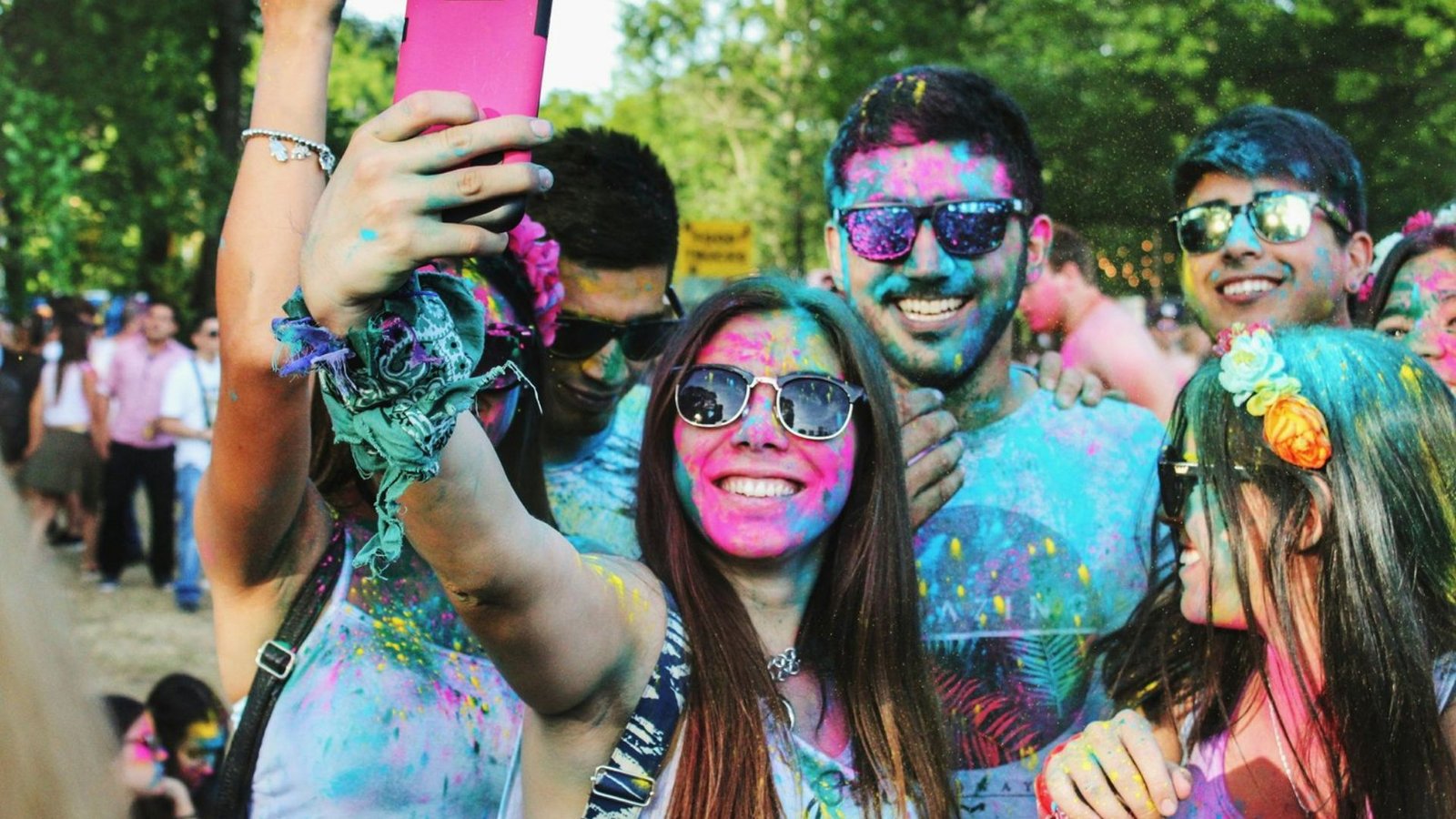User-generated content (UGC) has transformed the landscape of modern media, empowering audiences to become active participants rather than passive consumers. From social media posts to product reviews, UGC shapes how brands interact with consumers and how audiences perceive media. This article explores the impact of user-generated content in today’s digital world.

Defining User-Generated Content
What Is UGC?
User-generated content refers to any form of content—text, videos, images, reviews—created by individuals rather than brands or organizations. Common platforms for UGC include social media sites, forums, and review platforms, where users can share their experiences and opinions.
Examples of UGC
Examples of user-generated content range from social media hashtags and challenges to product reviews and fan art. For instance, platforms like Instagram and TikTok are filled with user-created videos that promote products, share personal stories, or showcase creative talents.
Building Authenticity and Trust
Fostering Credibility
User-generated content enhances authenticity, as consumers often trust content created by their peers more than traditional advertising. Reviews, testimonials, and social media posts provide relatable perspectives, helping brands build credibility and foster trust.
Enhancing Brand Loyalty
When brands encourage and showcase UGC, they create a sense of community among their audience. This involvement fosters loyalty, as consumers feel valued and recognized for their contributions. Brands that leverage UGC effectively often see increased customer retention and engagement.
Driving Engagement
Encouraging Interaction
UGC invites audiences to engage actively with brands and media. By creating campaigns that encourage users to share their content, brands can generate buzz and excitement. For example, contests and challenges that prompt users to create content can go viral, leading to increased brand visibility.
Amplifying Reach
User-generated content can significantly extend a brand’s reach. When users share their experiences with products or services, their networks are exposed to the brand, creating organic promotion. This word-of-mouth marketing is often more effective than traditional advertising methods.
Influencing Trends and Culture
Shaping Popular Culture
UGC plays a critical role in shaping trends and cultural movements. Viral challenges, memes, and social media trends often originate from user-generated content, influencing everything from fashion to music. Brands that tap into these trends can stay relevant and resonate with younger audiences.
Spotlighting Diverse Voices
User-generated content amplifies diverse voices and perspectives that may be overlooked by traditional media. This representation fosters inclusivity, allowing underrepresented groups to share their stories and experiences. Platforms that support UGC contribute to a more diverse media landscape.
Challenges of UGC
Managing Quality and Moderation
While UGC has numerous benefits, it also presents challenges. Ensuring the quality and appropriateness of content can be difficult, especially for brands. Companies must implement effective moderation strategies to manage user submissions and maintain their brand image.
Risk of Negative Content
User-generated content can sometimes lead to negative publicity. Unfavorable reviews or criticisms can quickly spread online, impacting a brand’s reputation. Companies need to be prepared to address negative UGC constructively and transparently.
The Future of UGC
Evolving Platforms
As technology continues to evolve, so will the platforms for user-generated content. New social media trends, augmented reality, and virtual reality are emerging, offering fresh opportunities for creative expression and engagement.
Integration with AI
Artificial intelligence is also beginning to play a role in curating and managing user-generated content. AI tools can help brands analyze large volumes of UGC to identify trends, sentiment, and engagement patterns, allowing for more strategic marketing decisions.
Conclusion
User-generated content has become a powerful force in modern media, reshaping how brands interact with consumers and how audiences engage with content. By fostering authenticity, driving engagement, and influencing trends, UGC enhances the media landscape in dynamic ways. As technology continues to evolve, the potential for user-generated content will only grow, making it essential for brands to adapt and embrace this interactive approach to communication. In a world where every voice matters, user-generated content empowers individuals and fosters a more inclusive media environment.











